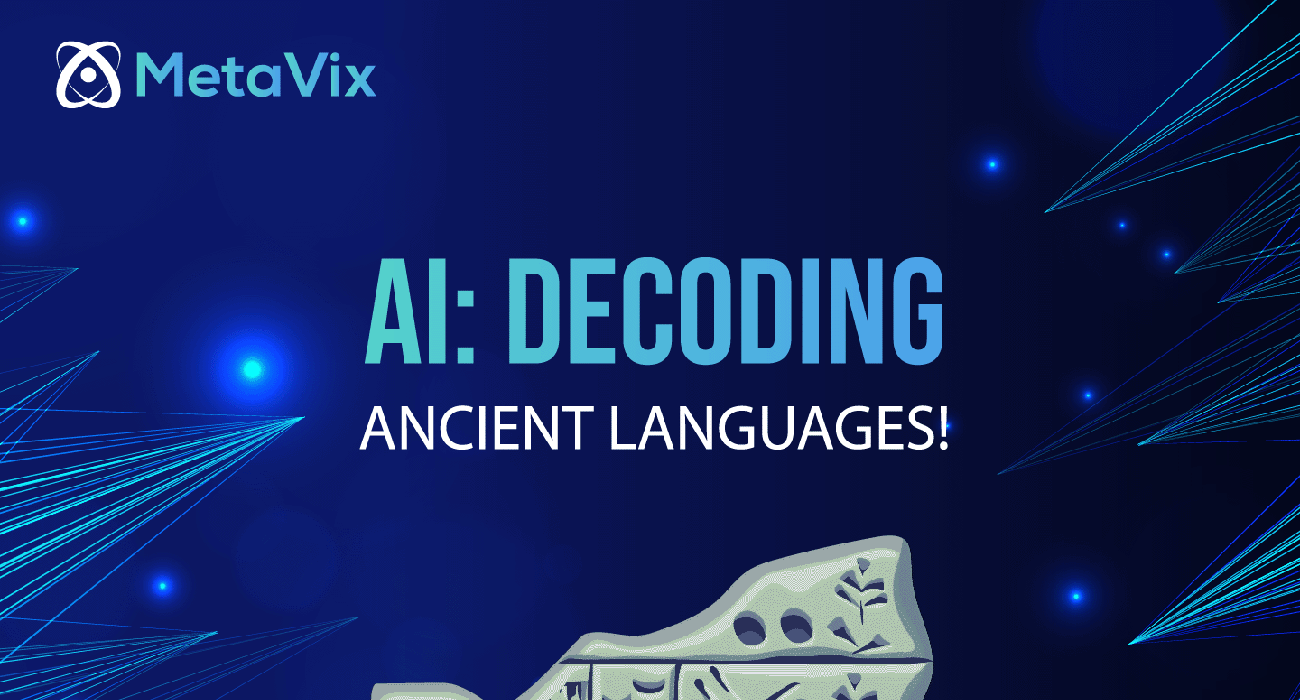Introduction: A Journey to the Past In our modern, technology-driven world, it’s easy to forget the rich tapestry of history that lies beneath our feet. Ancient civilizations, with their languages and scripts, have left us a treasure trove of knowledge, but much of it remains undeciphered. Enter Artificial Intelligence (AI)—not just a tool for the future, but a key to unlocking the mysteries of our past. In this blog, we’ll explore the fascinating and lesser-known application of AI in decoding ancient languages.
The Challenge of Deciphering Ancient Scripts For centuries, historians and linguists have struggled to decipher ancient scripts. These languages, often without any living speakers, present a monumental challenge. Traditional methods rely on finding bilingual texts (like the Rosetta Stone) or closely related languages. But what if such resources are scarce or nonexistent?
AI to the Rescue: A Revolutionary Approach Recent advancements in AI have opened new avenues for decoding these ancient mysteries. Researchers at institutions like MIT and Google have developed AI models capable of analyzing and interpreting ancient scripts. Here’s how it works:
- Pattern Recognition: The AI examines the script, identifying patterns and recurring symbols. This process mimics how a linguist might look for commonalities, but it does so at an exponentially faster rate.
- Comparative Analysis: By comparing the unknown script with known languages, the AI can make educated guesses about the structure and meaning of the symbols. This involves a complex understanding of linguistic principles, which the AI has been trained to recognize.
- Reconstruction: Using its analysis, the AI reconstructs possible meanings and pronunciations. This is not a definitive translation but a critical first step in understanding the script.
Case Study: The Lost Language of Linear B One of the most exciting applications of AI in this field has been the work on the ancient Greek script, Linear B. Deciphered in the mid-20th century, Linear B is now being re-examined using AI to find deeper meanings and nuances that were previously missed. The AI’s ability to detect subtle patterns has provided new insights into the script, revealing more about the Mycenaean civilization.
The Broader Impact: More Than Just Deciphering The implications of this technology extend beyond mere translation. By unlocking ancient languages, we gain access to historical records, cultural stories, and scientific knowledge that has been lost to time. This can:
- Enrich Our Historical Understanding: Offering new perspectives on ancient civilizations.
- Preserve Cultural Heritage: Helping to maintain and revive interest in lost cultures.
- Inform Modern Science: Ancient texts can contain knowledge in areas like astronomy, medicine, and philosophy that may still be relevant today.
Challenges and Ethical Considerations While the potential is vast, this application of AI is not without its challenges. Ethical considerations must be addressed, such as:
- Accuracy and Bias: Ensuring that AI interpretations are accurate and not influenced by modern biases.
- Cultural Sensitivity: Respecting the significance of these ancient texts to descendant communities.
Conclusion: A Bridge Between Eras AI’s role in decoding ancient languages is a testament to its versatility and power. It bridges the gap between cutting-edge technology and historical scholarship, opening new pathways for discovery and understanding. As AI continues to evolve, we can look forward to uncovering even more secrets from our past, enriching our knowledge of human history and culture. Stay tuned to see how AI will continue to illuminate the shadows of our ancient past, bringing forgotten languages and their stories back to life.
Join the Conversation What do you think about AI’s role in deciphering ancient languages? Share your thoughts and let’s discuss how technology is reshaping our understanding of history! #ArtificialIntelligence #AI #AncientLanguages #HistoryRevealed #TechInnovation #LostLanguages #CulturalHeritage

